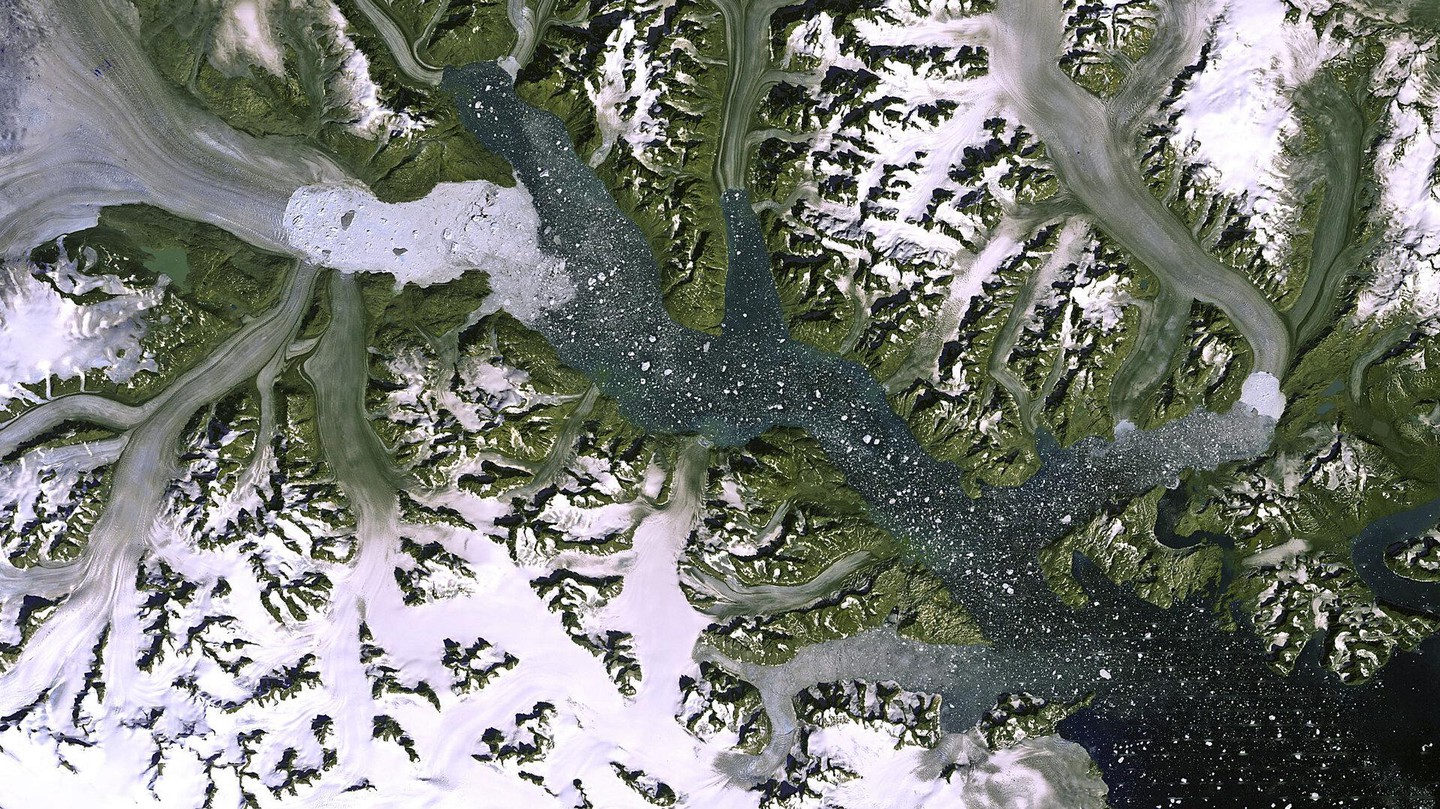Cryospheric ecosystems are some of the oldest on the planet. EPFL scientists have found that the microorganisms living in them have a unique genetic signature. They performed an inventory of the microorganisms in these ecosystems and complied the information into a database, which will be a useful resource for future studies on climate change microbiology.
Cryospheric ecosystems cover nearly 20% of the Earth’s surface and include polar ice caps, mountain glaciers, glacial lakes, permafrost soils and coastal areas fed by glacier streams. The microbiome of these ecosystems is still poorly understood by the scientific community, even though many of the microorganisms are under threat from climate change.
Scientists at EPFL’s River Ecosystems Laboratory (RIVER), within the School of Architecture, Civil and Environmental Engineering (ENAC) and the Alpine and Polar Environmental Research Centre in Sion (ALPOLE), are running a race against time to better understand the microbiome before it’s too late. Massimo Bourquin, a PhD student at RIVER, conducted a study to generate a comprehensive, comparative inventory of the microorganisms living in cryospheric ecosystems. “We found that this microbiome has unique features and was probably formed early in evolutionary times compared to those in the Earth’s other ecosystems,” he says.
The research team’s database contains information from no less than 695 samples collected from diverse cryospheric ecosystems around the world. It will serve as a useful reference for further research on cryosphere microbiology and the effects of climate change. Bourquin is the lead author of the paper, which appears in Nature Communications.
We found that this microbiome has unique features and was probably formed early in evolutionary times compared to those in the Earth’s other ecosystems
A threatened ecosystem
The scientists combined machine-learning, statistics and their database, using it to identify which bacteria are the most prevalent and abundant in a given part of the cryosphere, for example. These methods can also determine whether a sample was collected from the cryosphere, with 96% accuracy. “We grouped together microorganisms based on similar features,” says Bourquin. “In doing so, we discovered the particularities of this microbiome – which was shaped over millions of years of evolution and adaptation to extreme temperatures and a nutrient-poor environment – and is today very much under threat.”
Bourquin conducted this research for his PhD thesis, as part of RIVER’s Vanishing Glaciers project funded by the NOMIS Foundation. His work aims to better understand how glacial melting is affecting the microorganisms and their genomes of glacier-fed streams. Among others, Bourquin’s study drew on samples collected from streams around the world under the Vanishing Glaciers project and compared them with samples from other cryospheric ecosystems.
Discovering new bacteria and their particularities always opens up promising avenues of research.
Promising new avenues
Much work remains to be done by the RIVER scientists. “Discovering new bacteria and their particularities always opens up promising avenues of research,” says Bourquin. For instance, his study indicates that the microbiome in glacier-fed streams differs from that in other cryospheric ecosystems – which is very intriguing from a scientific point of view, because it can help us better understand what makes the microorganisms in glacier-fed streams, the main focus of the Vanishing Glaciers project, so unique.
The NOMIS Foundation
Massimo Bourquin, Susheel Bhanu Busi, Stilianos Fodelianakis, Hannes Peter, Alex Washburne, Tyler J. Kohler, Leïla Ezzat, Grégoire Michoud, Paul Wilmes and Tom J. Battin, “The microbiome of cryospheric ecosystems,” Nature Communications, 2 June 2022. DOI: 10.1038/s41467-022-30816-4
Source: EPFL News, CC Int’l 4.0


Comments